Fractional Odds: Why Bookies Set 100/30 Rather than 10/3
Ever noticed odds like 100/30 and wondered why they are written that way instead of 10/3? At first glance it might feel a bit arbitrary, especially if you’re newer to betting. There is a clear reason behind it, rooted in how odds were once recorded and communicated, and why certain formats have stuck.
This Mr Luck guide breaks down what fractional odds mean, why 100/30 became a regular sight, and whether it makes any difference to the value you see on a bet. Read on to learn more.
What Fractional Odds Really Mean
Fractional odds show how much you could potentially win compared to your stake. They’re written as two numbers separated by a slash, like 10/1 or 5/2. The first number is the potential profit, and the second is the amount staked. So at 5/1, a £1 stake could return £5 profit plus your £1 stake back.
If the odds are 10/3, you could win £10 for every £3 you stake. Put £3 on at 10/3 and, if the bet is successful, the total return would be £13 including your stake. The same thinking applies to any fraction.
Some people prefer decimal odds because the total return is shown as a single number. With fractional odds, you simply add your stake to the potential profit. The format you choose does not affect outcomes, but using one you understand could make it easier to compare options.
If you do decide to try your hand at sports betting, remember to do so responsibly and within your means; never wager more than you can afford to lose.
Why Do Bookies Use 100/30 Instead of 10/3
Bookmakers in Britain have long used 100/30 rather than 10/3. The two prices are identical in value, but the style comes from practical habits that developed on racecourses and in betting shops.
Before everything went digital, odds were written by hand in ledgers and chalked on boards. Larger “to 100” fractions like 100/30, 100/8 or 100/7 stood out clearly, and they made mental arithmetic quicker for clerks who were settling bets in shillings and pounds. The format was easy to combine and adjust when a bookie needed to balance a book across a field of runners.
There was also a communication angle. On-course bookmakers used tic-tac signals and well-known nicknames to call prices to each other. 100/30 became a familiar marker with its own shorthand, which helped it stick. Over time, regular racegoers and shop customers grew used to seeing it, so the convention remained even as tills and screens took over.
Today, many betting sites let you choose how odds appear, but you will still see 100/30 on racecards and boards. It is a nod to how the trade developed, not a different deal in disguise.
Do 100/30 and 10/3 Offer the Same Value?
Yes. They are two ways of writing the same thing. Divide 100 by 30 and you get 3.33 recurring, which is the same as 10 divided by 3. The ratio does not change.
In practice, that means a £3 stake at 10/3 could return £10 profit plus your £3 stake. At 100/30, a £30 stake could return £100 profit plus your £30 stake. Scale the stake up or down and the relationship stays the same.
If you prefer to see the total return in one figure, switch to decimal odds in your account settings. Always keep responsible gambling practises in mind.
**The information provided in this blog is intended for educational purposes and should not be construed as betting advice or a guarantee of success. Always gamble responsibly.
*All values (Bet Levels, Maximum Wins etc.) mentioned in relation to these games are subject to change at any time. Game features mentioned may not be available in some jurisdictions.

